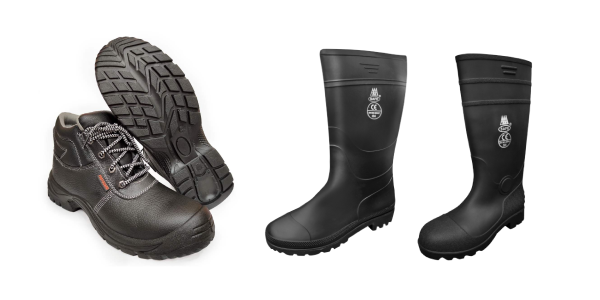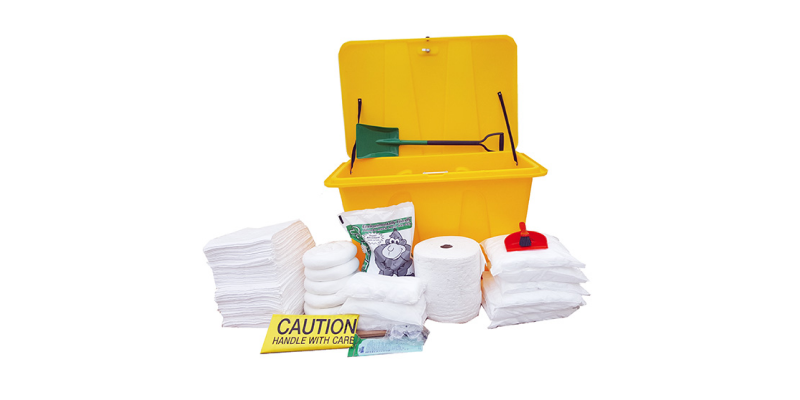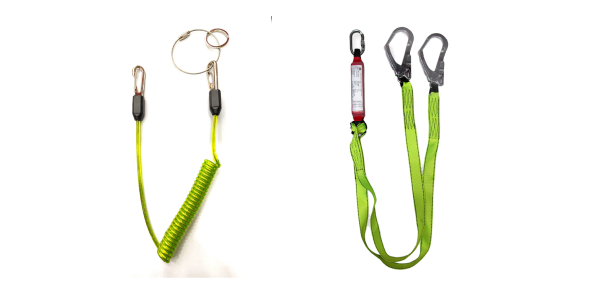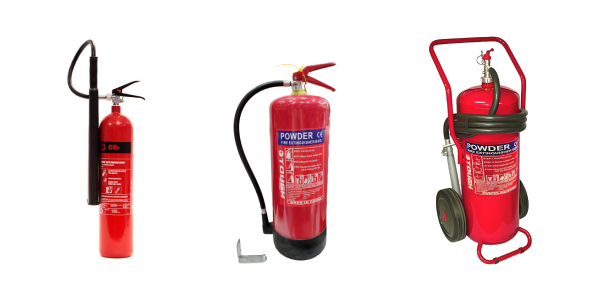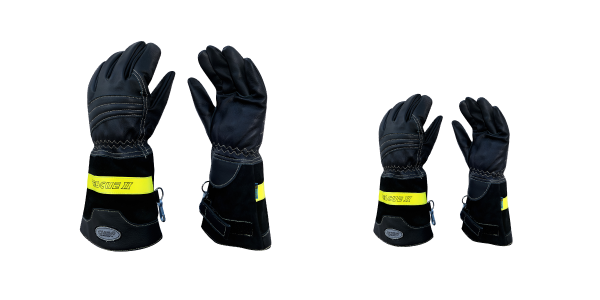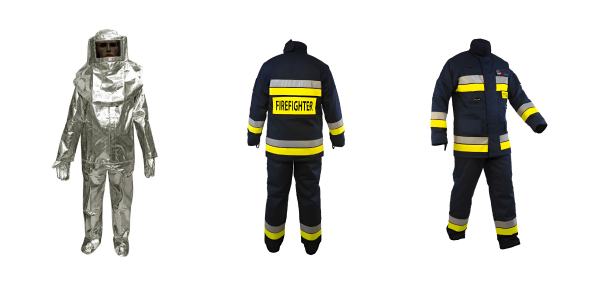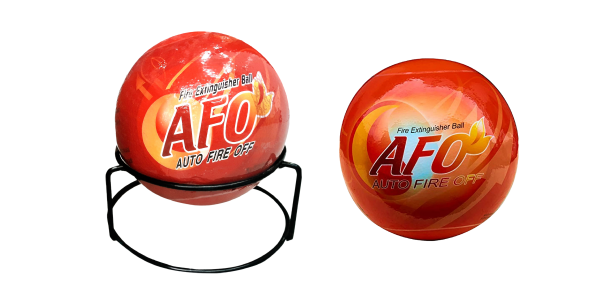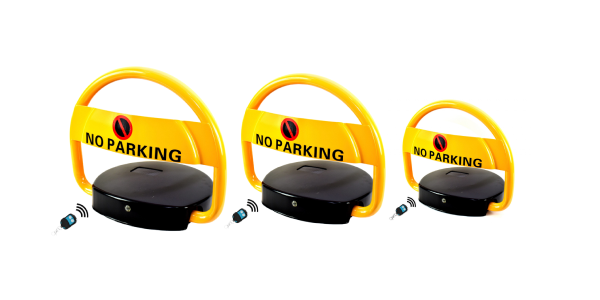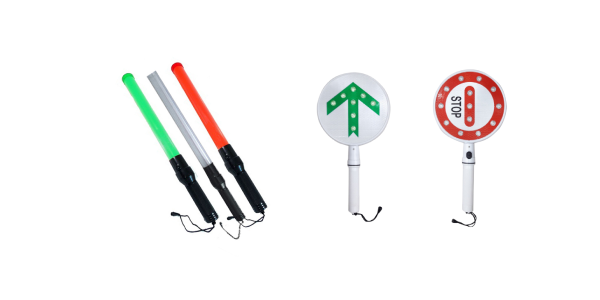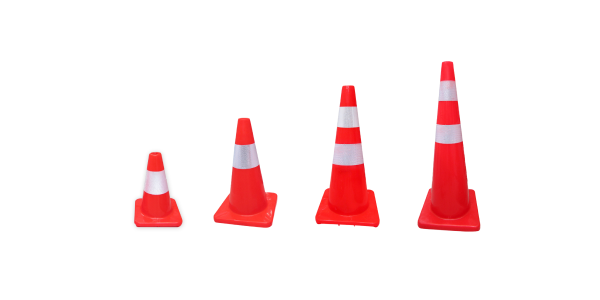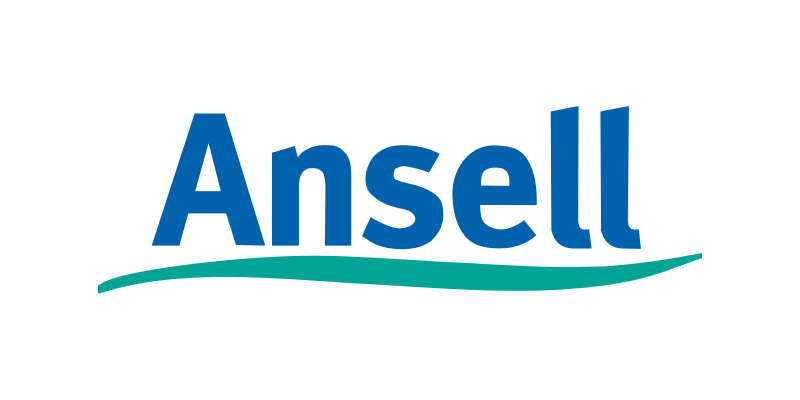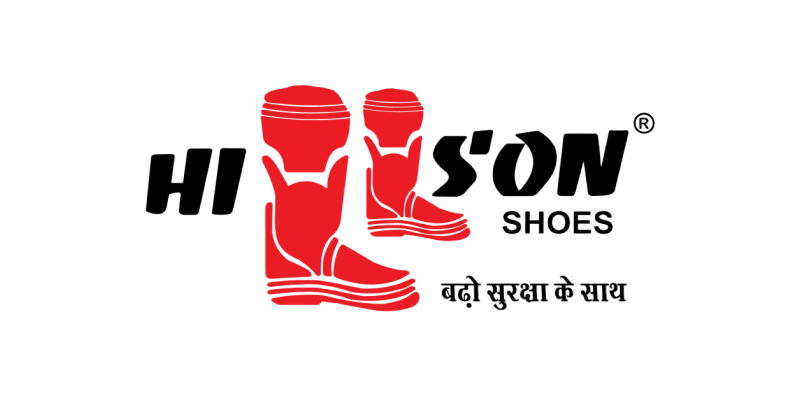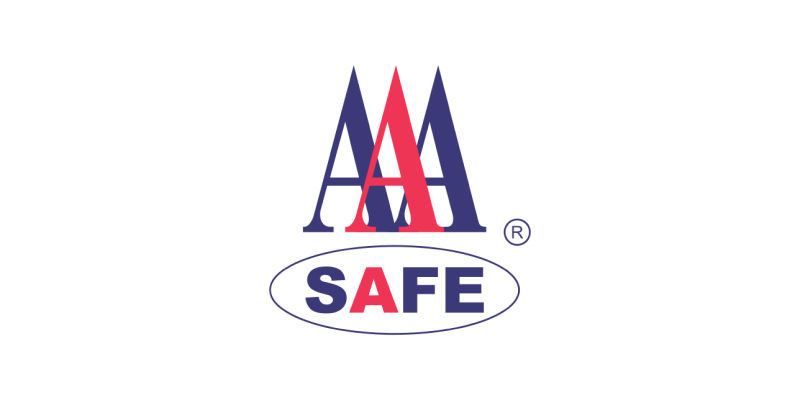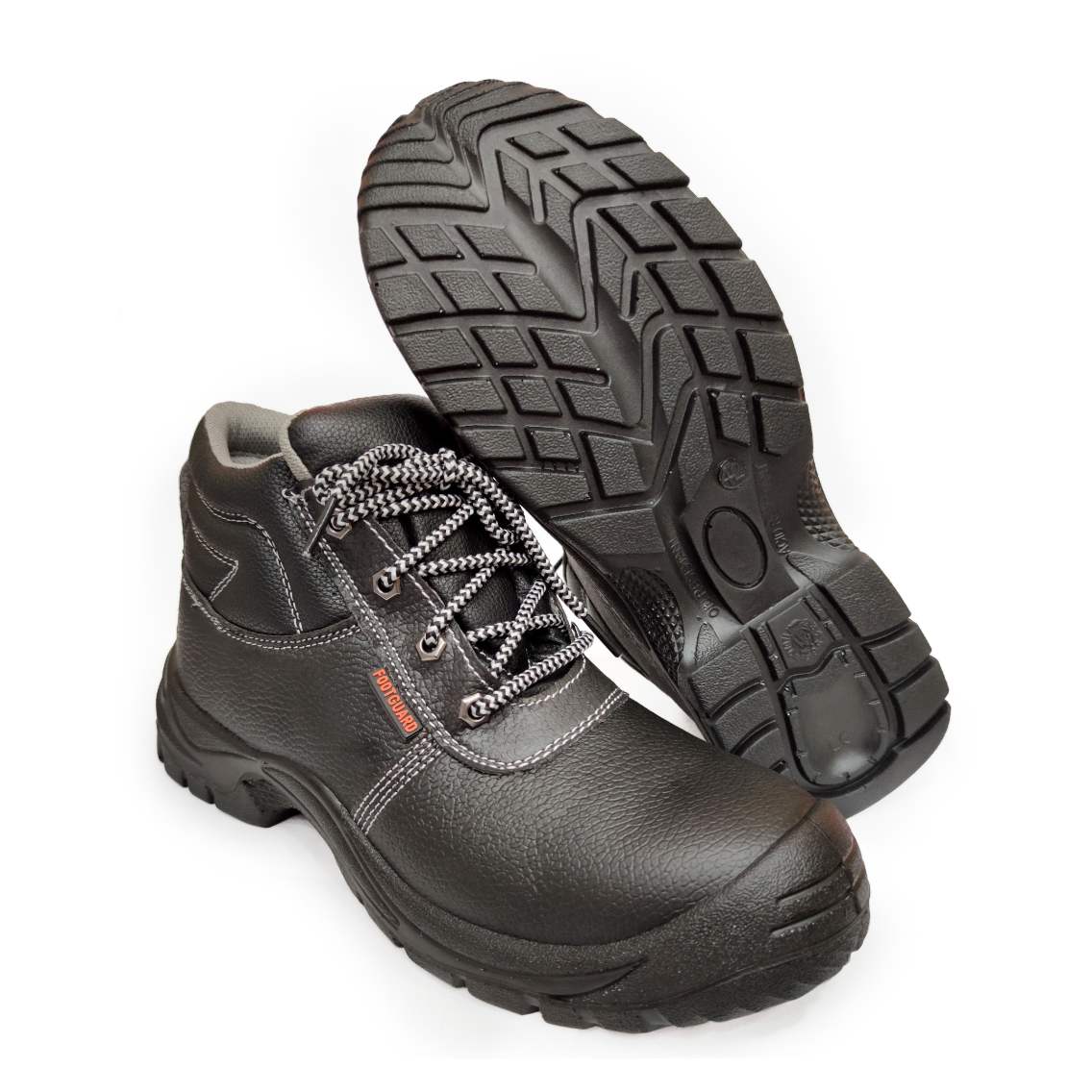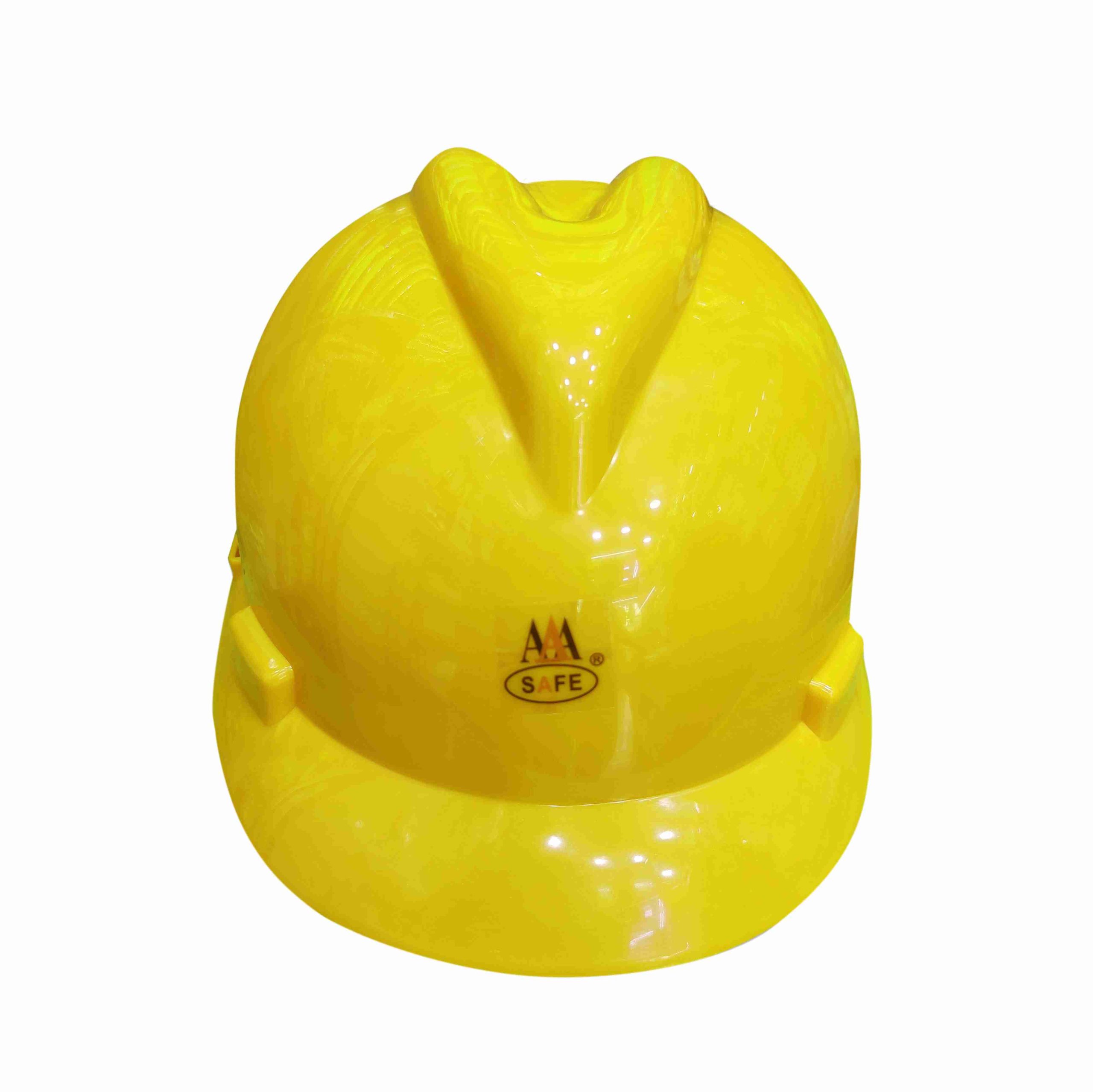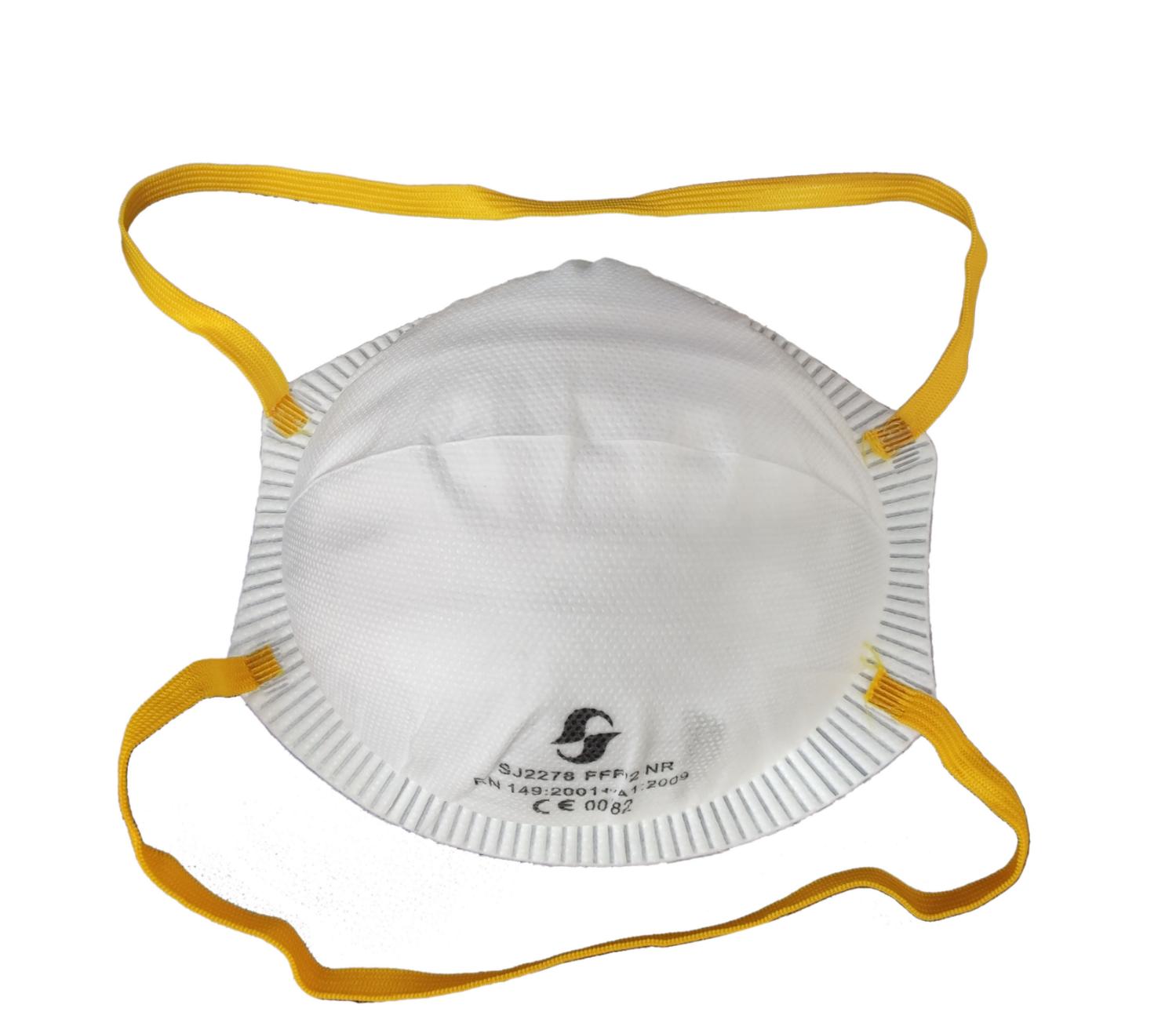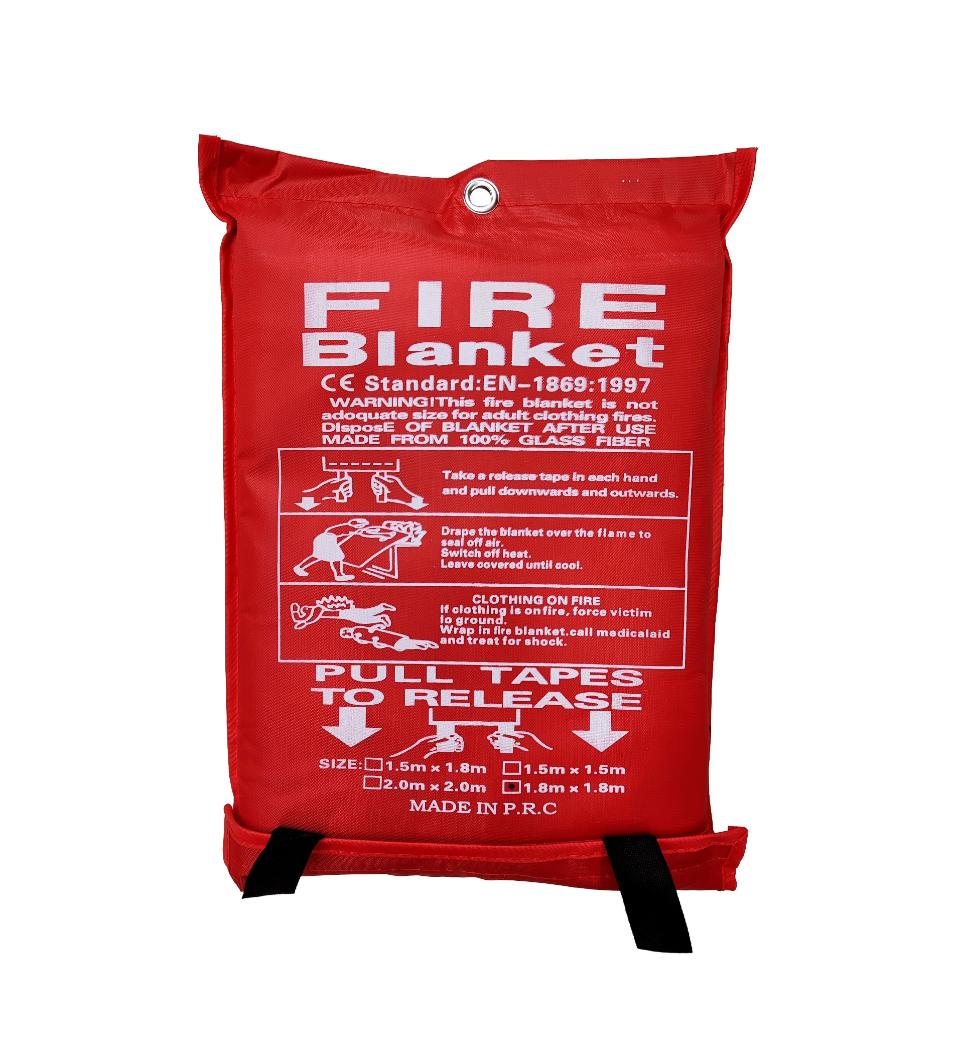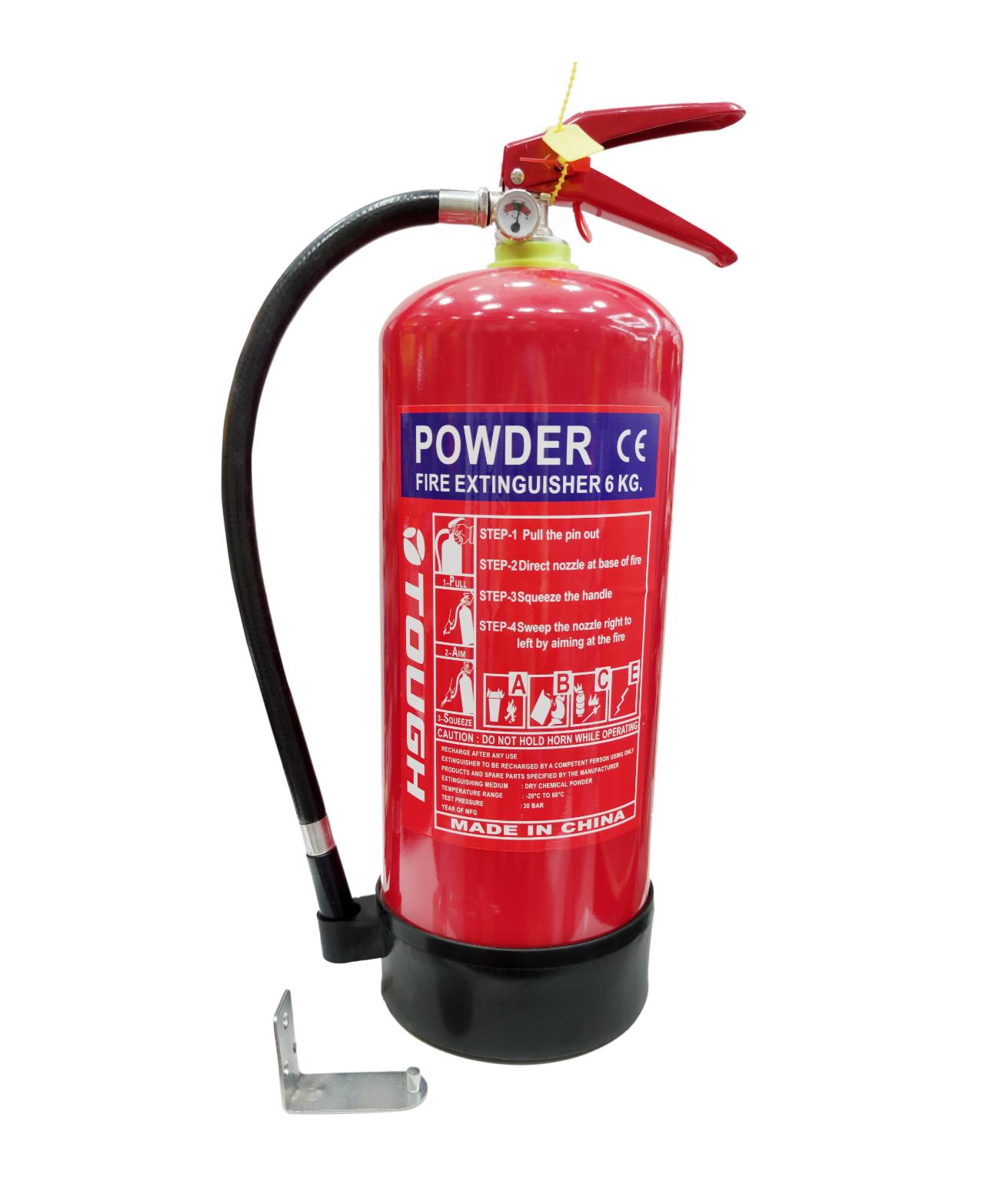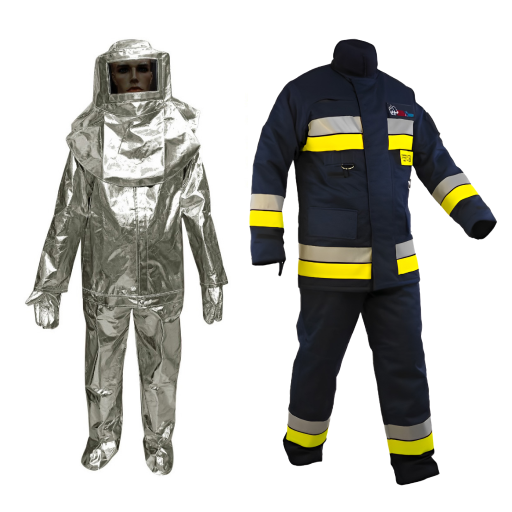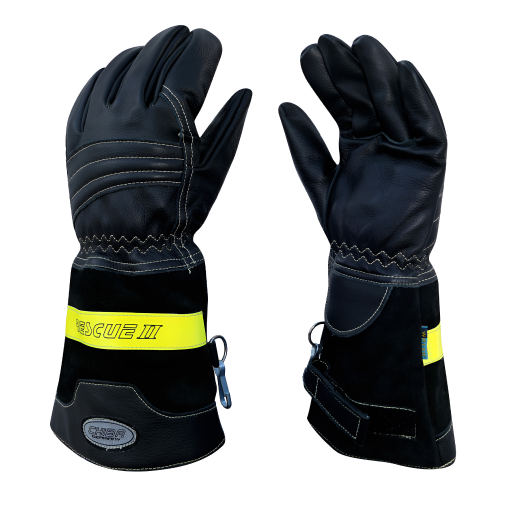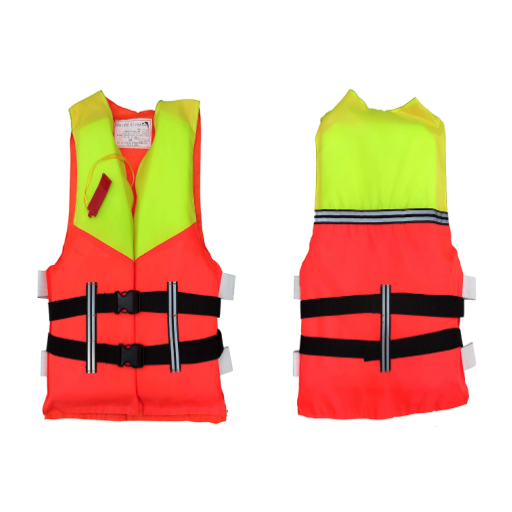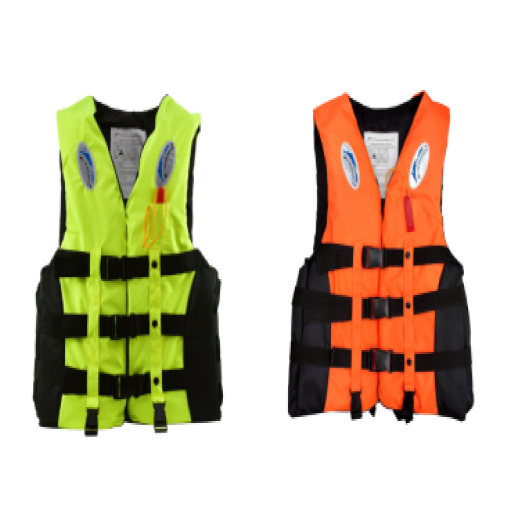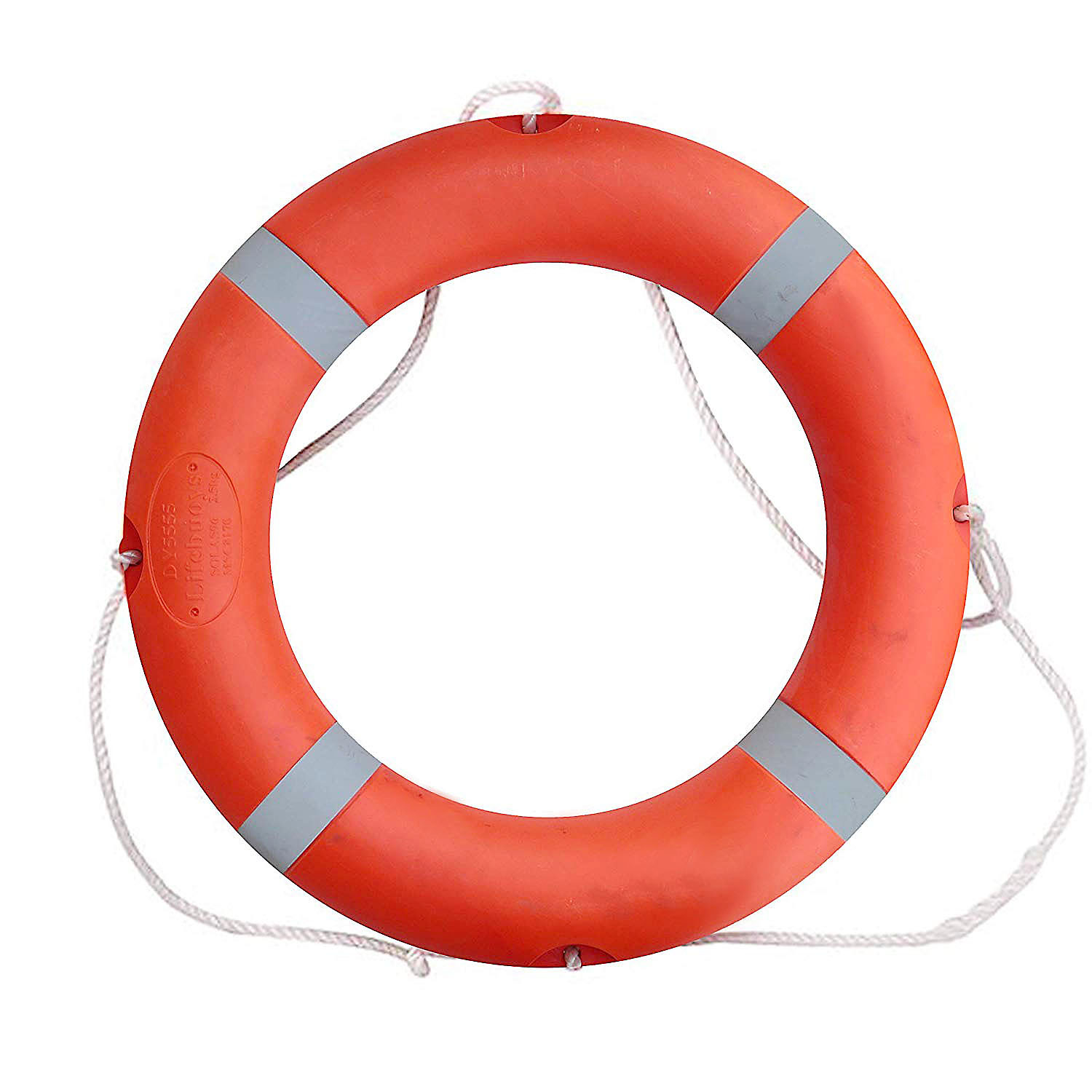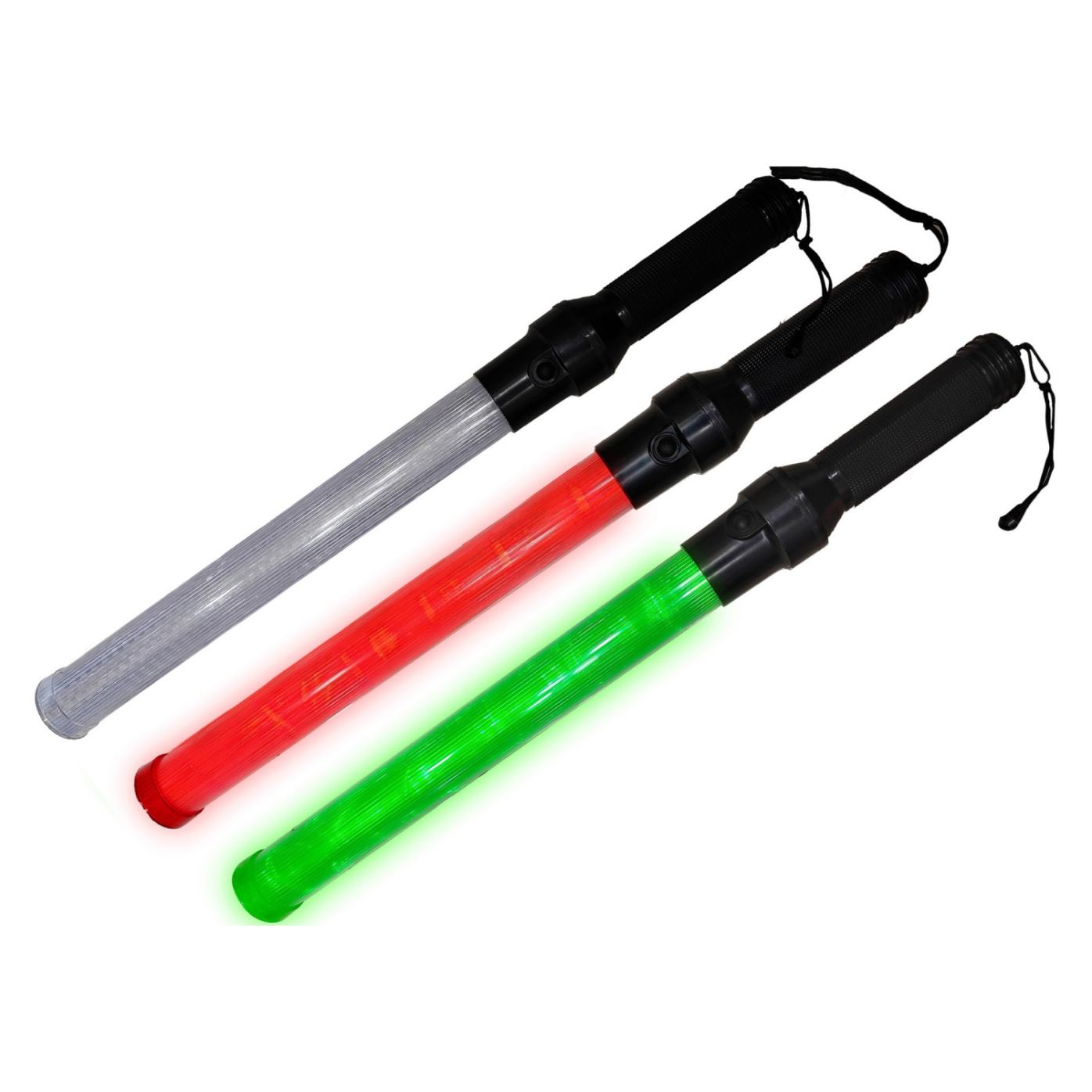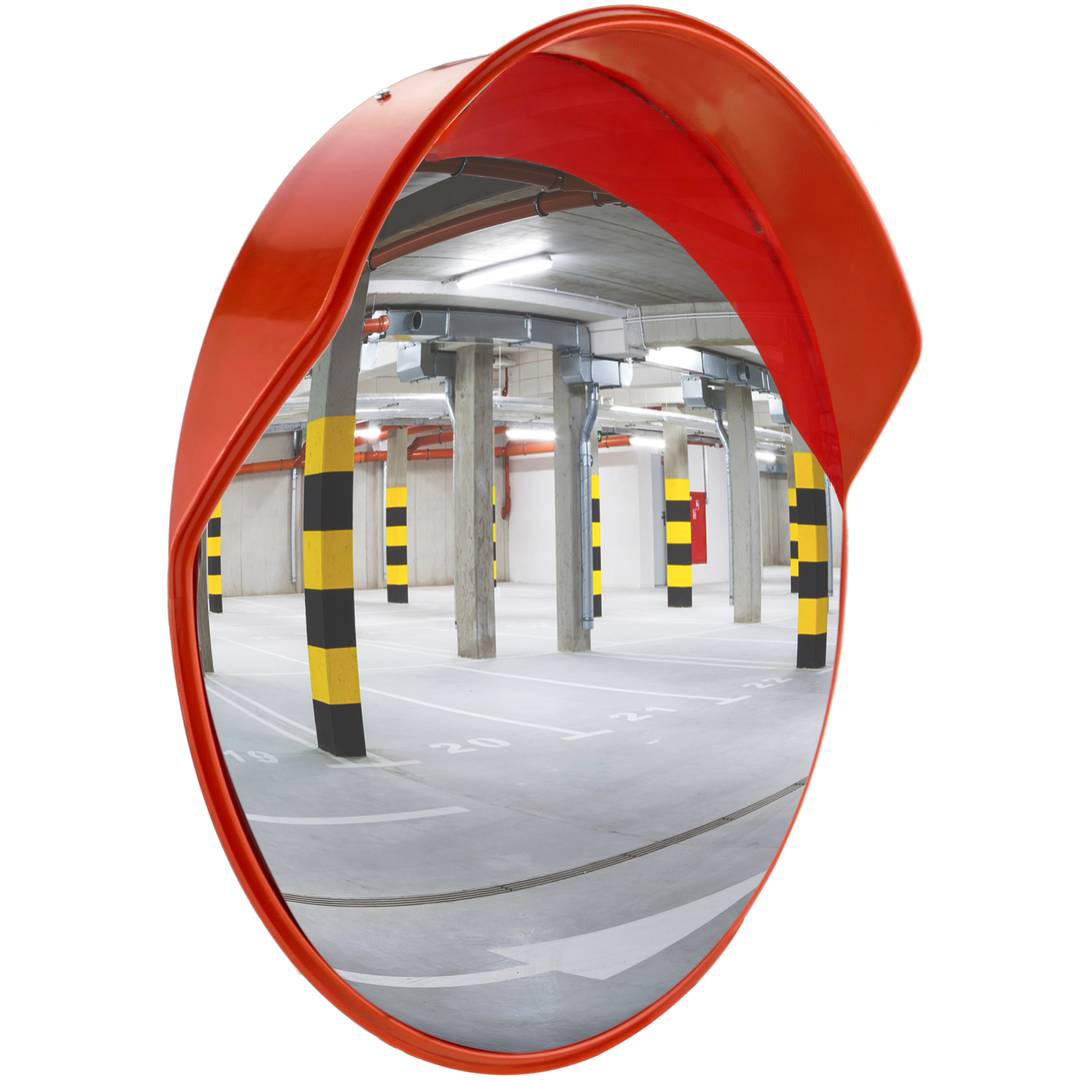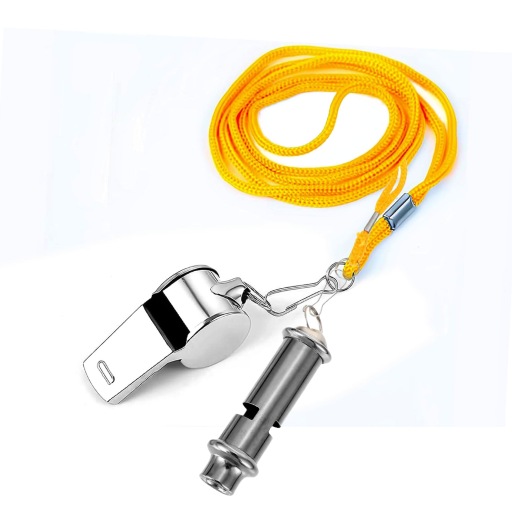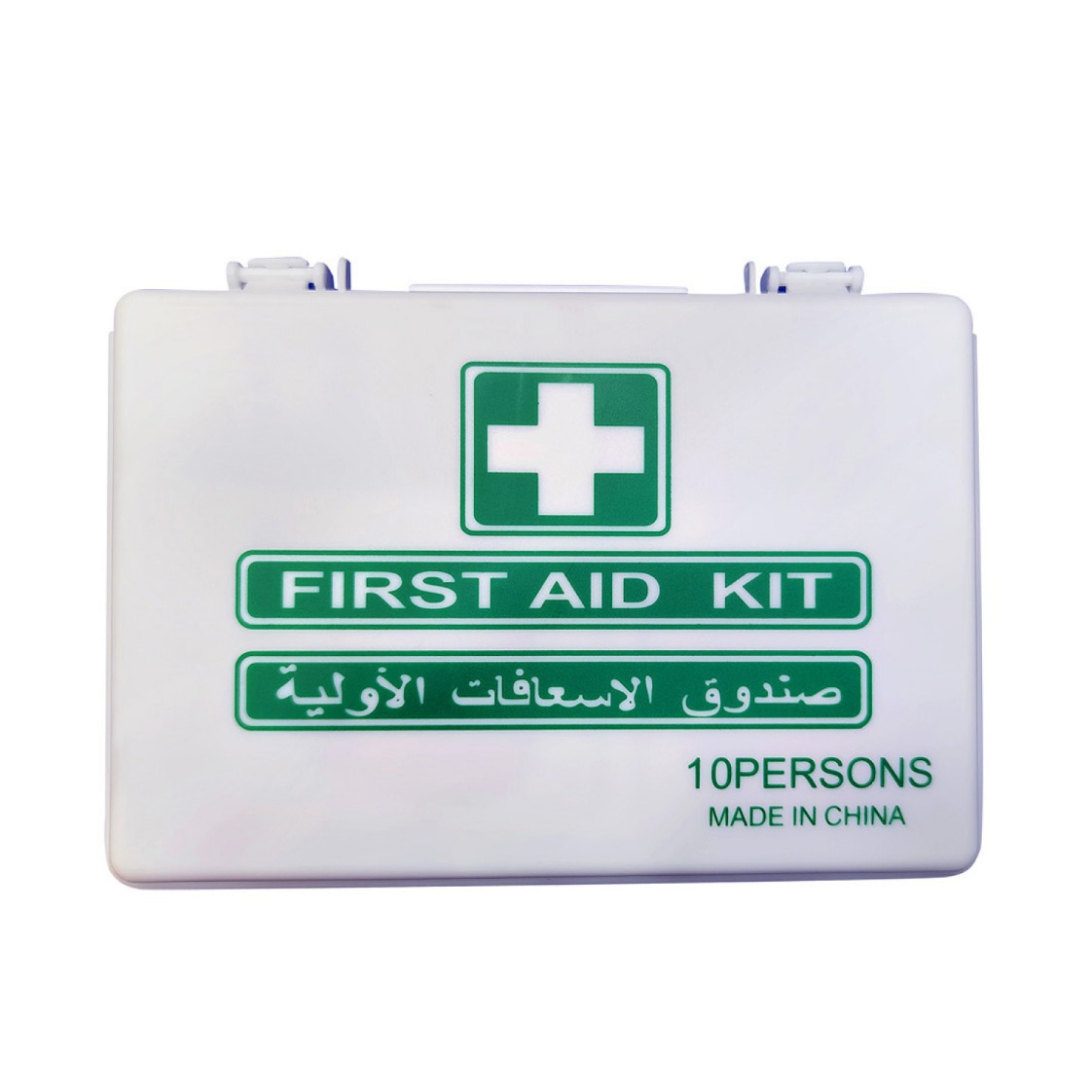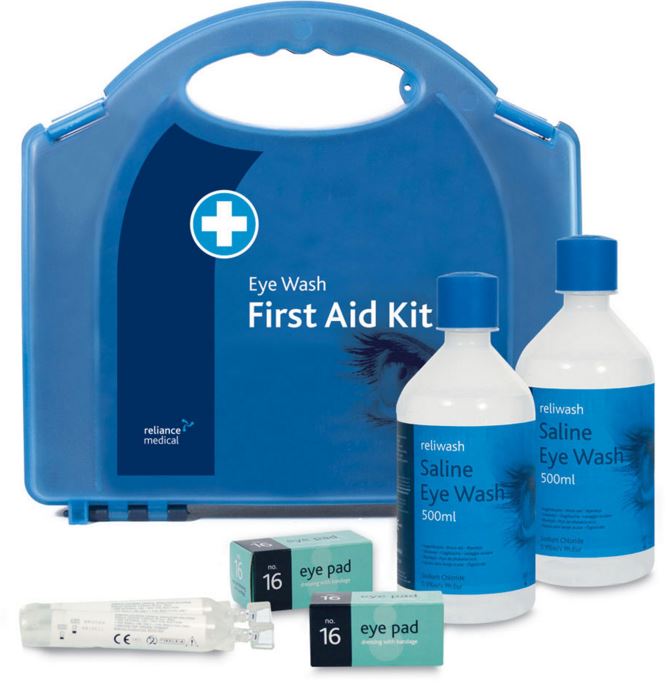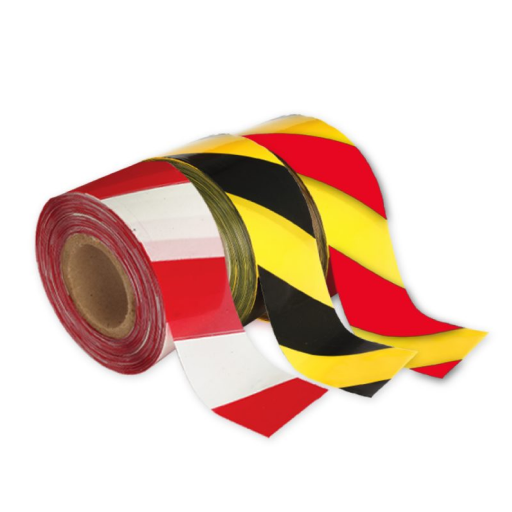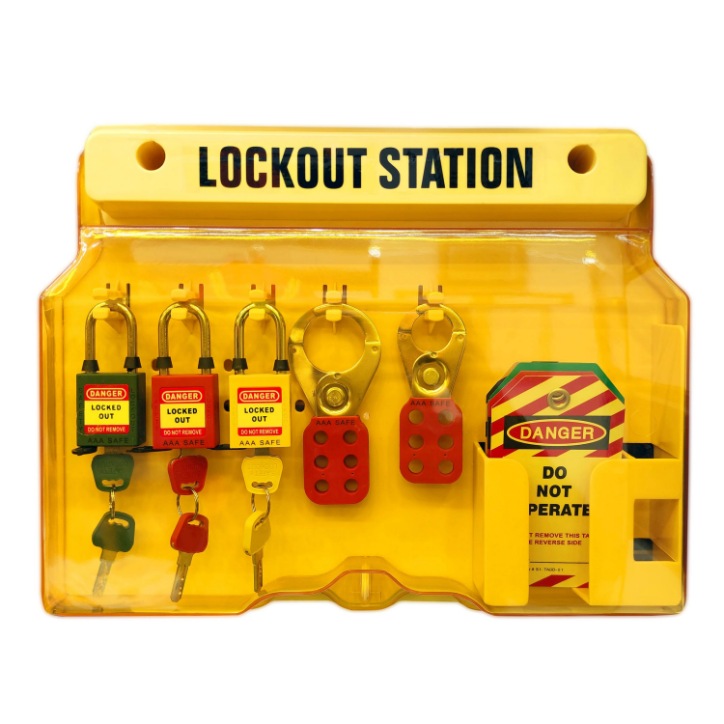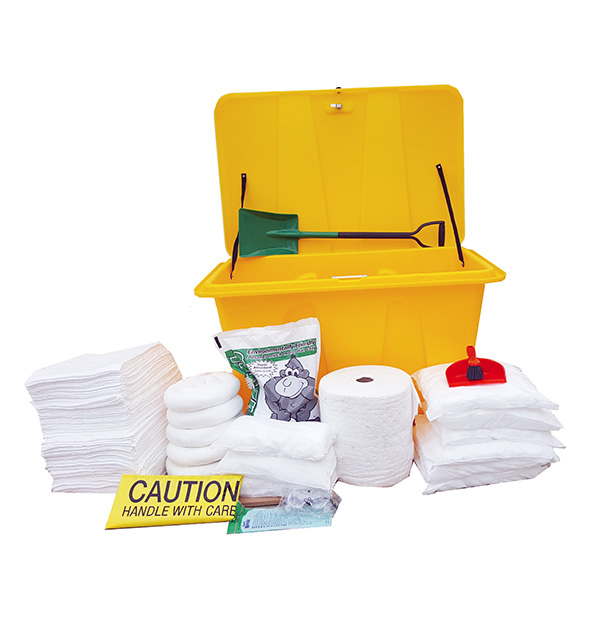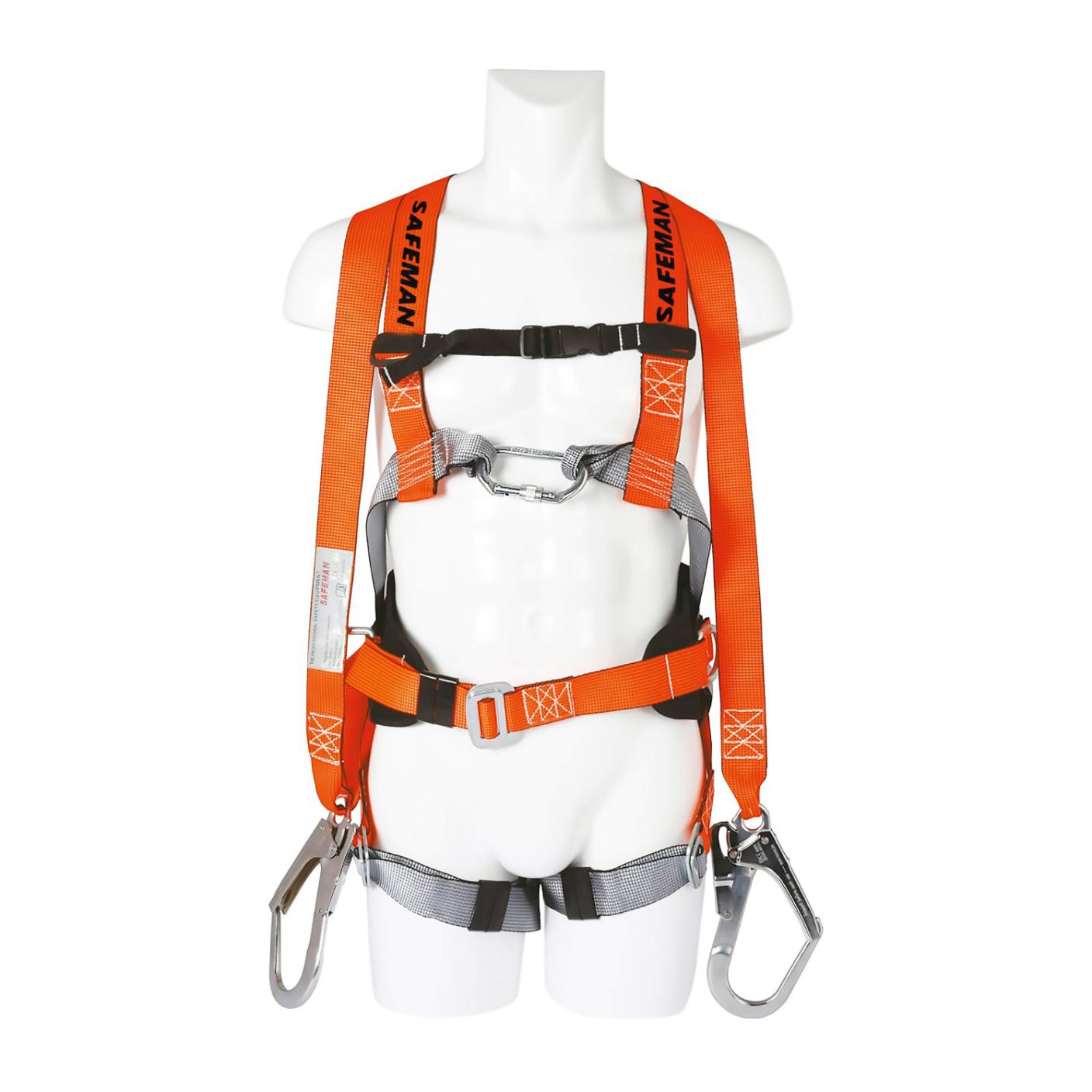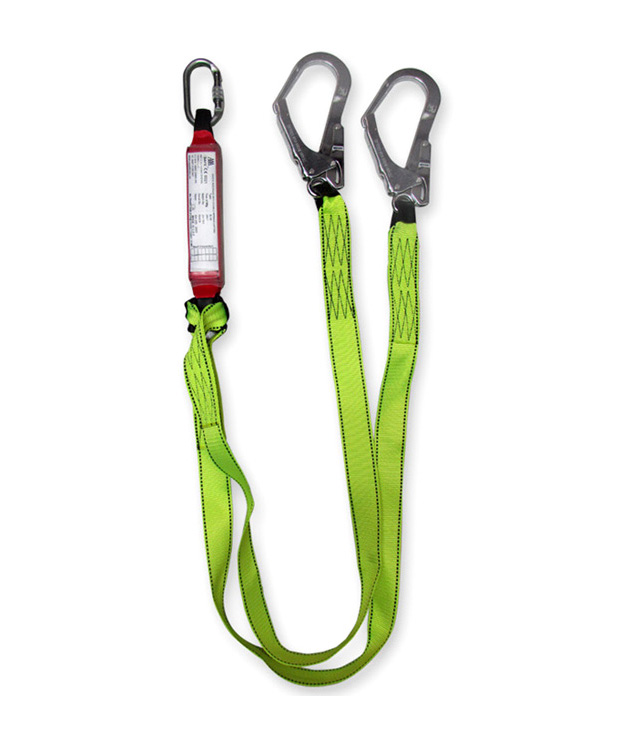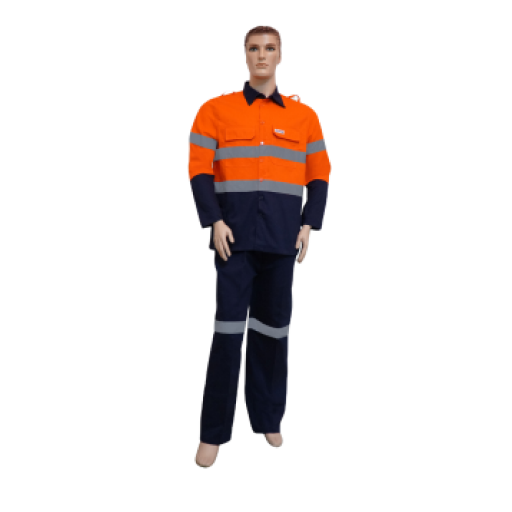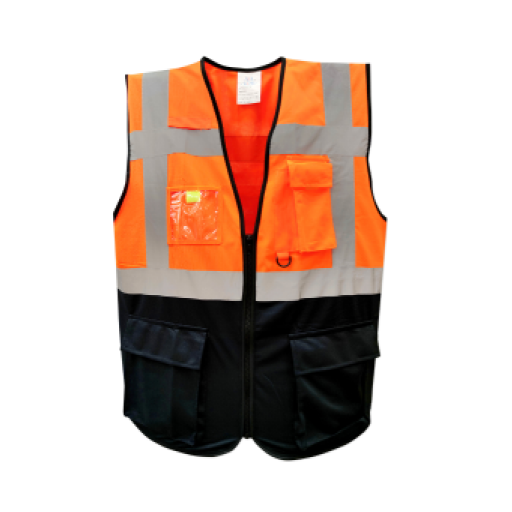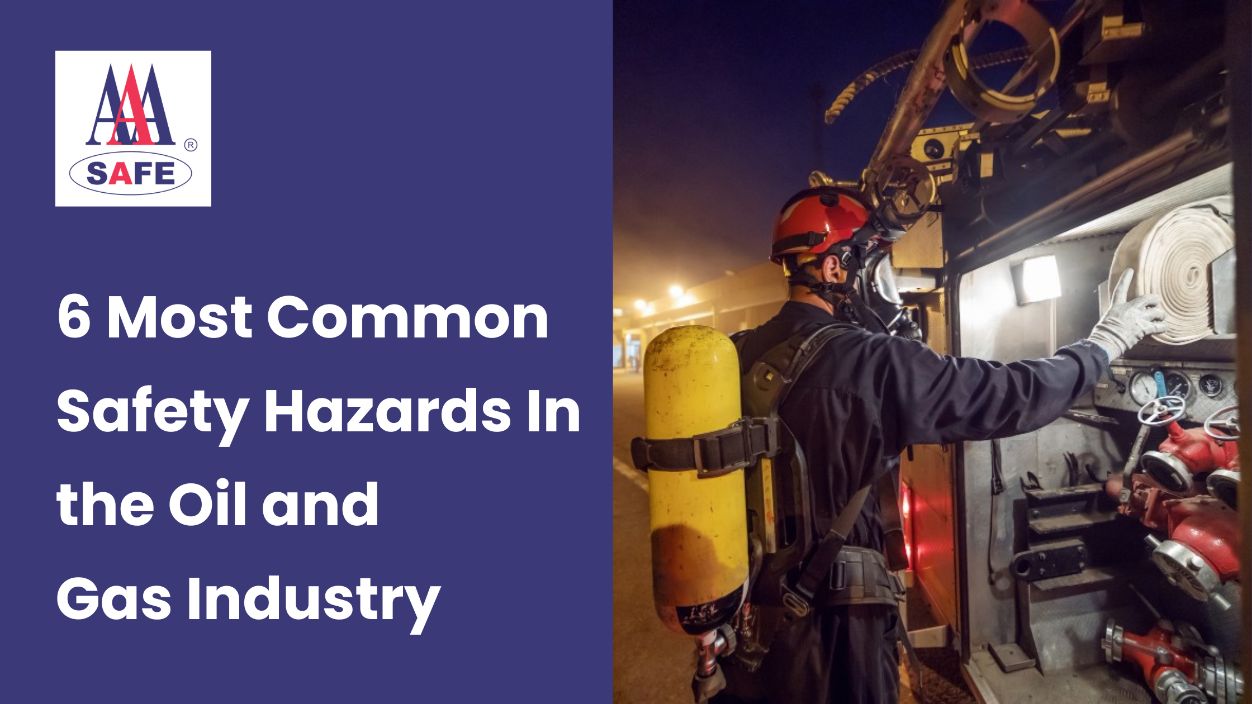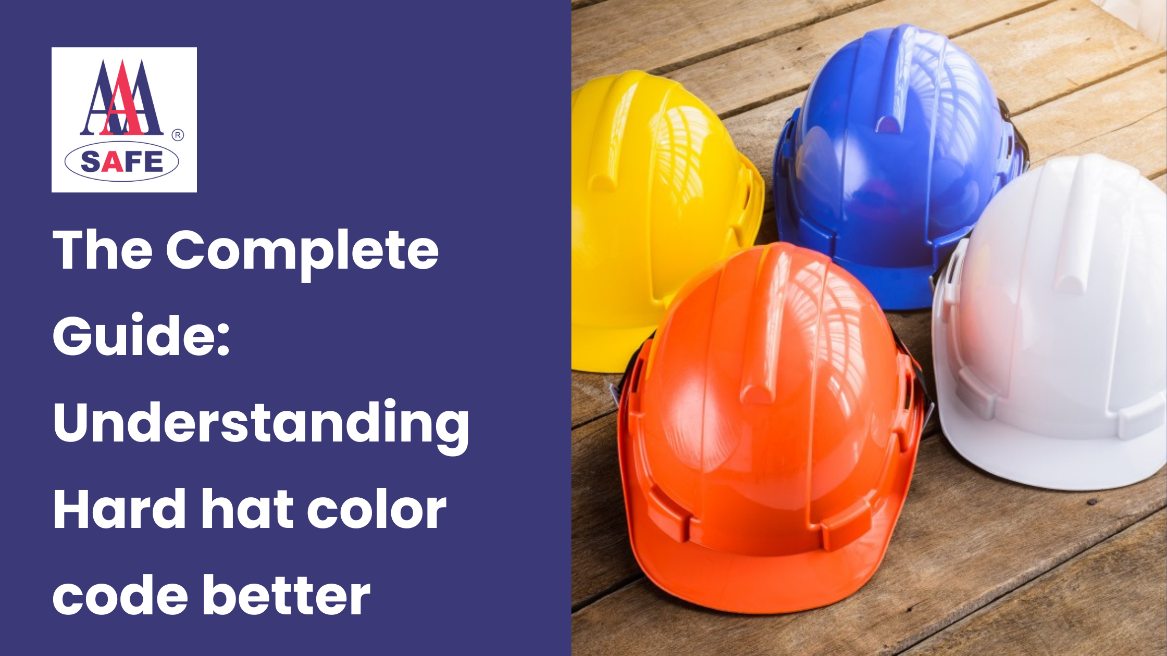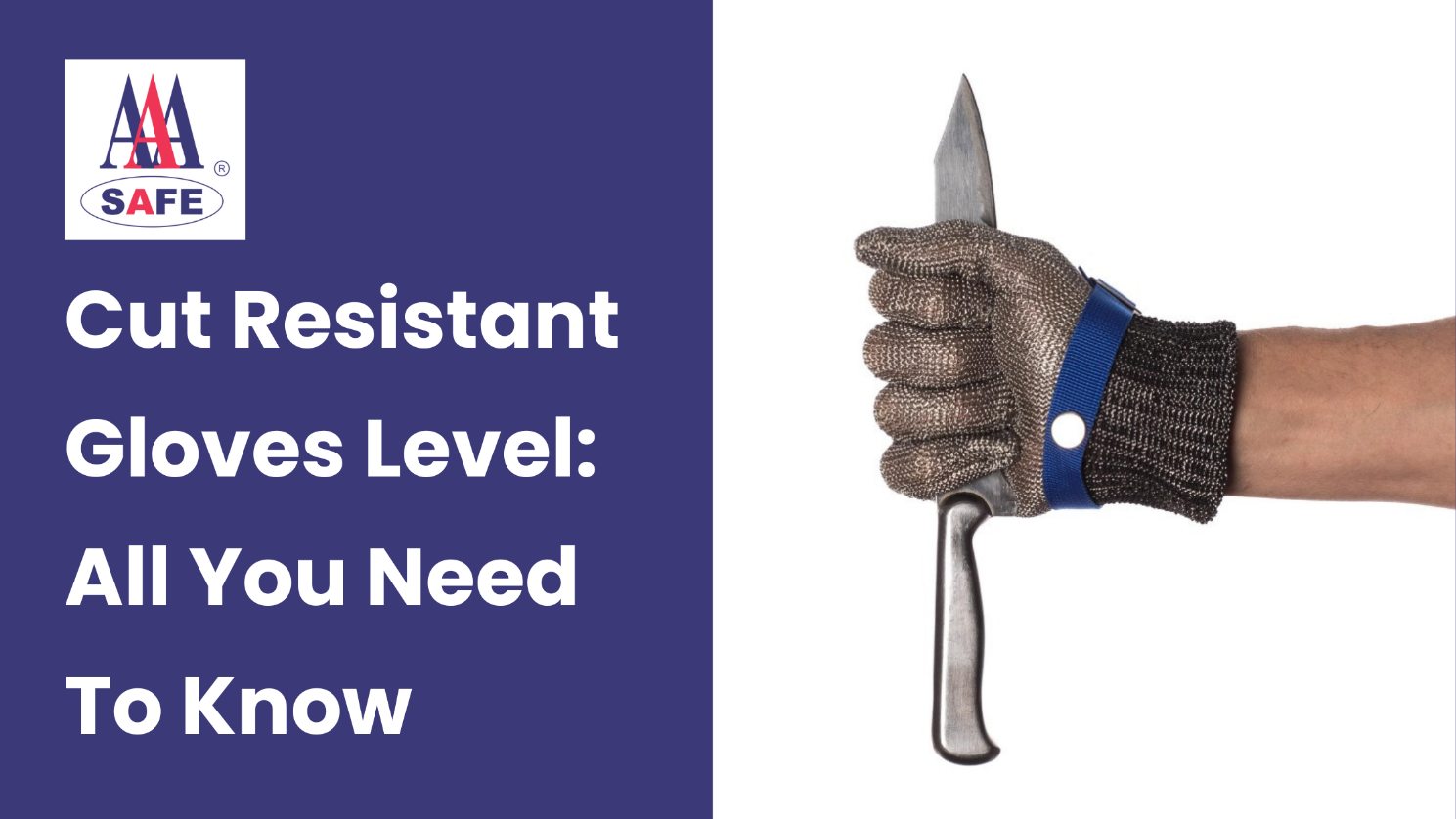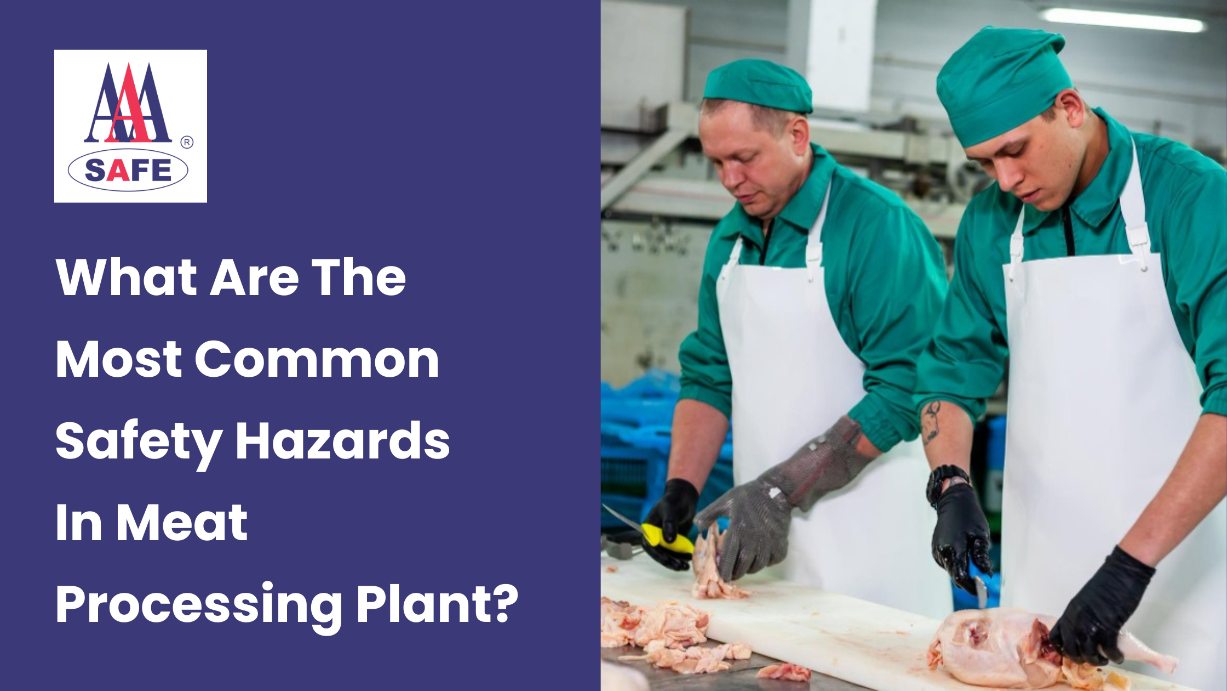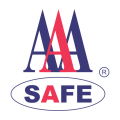Workplace safety is a challenge in the oil & gas industry.
It’s vulnerable to workplace hazards and accidents due to its physically demanding work environment & operations.
Despite being equipped with the personal protective equipment & other safety measures, oil & gas workers suffer from minor or life-threatening injuries.
With the rapid rise in the technology & innovation in workplace safety, accidents and workplace hazards in the oil & gas industry have been significantly reduced. Casualties & accident numbers have gone down. But, more efforts and steps are necessary to continue this downward trend.
Both employers and employees play a key role in workplace safety. But employers have a major share in this responsibility as they would be the one to provide safety training, procure high-quality safety equipment, & take every possible step to identify & minimize the safety hazards present.
Though, identifying the safety hazards would be the first crucial step towards a more safer environment for oil & gas workers.
Hazard recognition is all about awareness. Both employers and workers must be aware of every hazard present around the oil & gas worksite. This collective awareness ensures everyone remains cautious and prepared to deal with any unfortunate incident. Identifying hazards can minimize workplace accidents and create a safer work environment for oil & gas industry workers.
In this blog, I’ll walk you through the most common hazards in the oil & gas industry.
Working at Heights & Falls
Oil & gas workers have to perform various risky and challenging tasks.
They have no choice but to toil hard irrespective of the working conditions and environment.
However, they are willing to take any risk. Be it working extra hours or working from heights – Whether its on drilling rigs, platforms, or scaffolding etc.
Working from heights is an integral part of oil and gas operations. Workers have to take this risk and no matter how unsafe it is, they are required to stay up with full focus and confidence, meticulously complete the task and come down safely.
Working from heights is the most common hazard in the oil & gas industry.
This could be dangerous. Workers may slip or fall, leading to injuries or accidents. According to Health Authority – Abu Dhabi (HAAD), statistics for 2011, the total occupational fatal injury deaths in the Emirate were 71 cases, 53 were from falls and falling objects. A worker suffered from multiple bodily injuries and a broken spinal cord after he accidentally fell from a height and landed on the ground in Abu Dhabi.
Fall-related injuries and deaths have been very common. A worker working at a height must be very cautious and wear the best quality fall protection equipment, failing to do so may result in grave consequences both for the employees and employers.
Weather conditions, slippery surfaces & heavy equipment further amplify this hazard.
Confined Spaces
Oil & gas workers mostly operate in confined spaces.
Working in these confined spaces with limited outside exposure may affect workers in multiple ways. Tanks, vessels, pipelines, and storage bins are some of the confined spaces where oil & gas workers operate.
Imagine yourself working in one of these confined spaces. And you’ll be quick to suffer from limited mobility. Limited space may restrict your movements. With yourself and your equipment, and the stress of performing the task, you may cramp yourself. This limitation is challenging & can lead to minor or critical injuries.
With limited ventilation & poor air quality, workers may be at higher risk of asphyxiation or other respiratory problems. Make sure no toxic chemicals & hazardous substances are present in that confined space.
Long uninterrupted stay in these confined spaces may psychologically affect workers. It’s easy to feel anxious and claustrophobic when working in tight, enclosed environments. A study by Sutherland and Cooper revealed that 19% of workers in the oil and gas industry had psychological disorders, including compulsive and phobic anxiety.
Adequate ventilation, good quality personal protective equipment, multiple exits and allowing sufficient breaks for workers are essential safety measures that’ll ensure the well-being of oil and gas workers in confined spaces.
Hazardous chemicals
Hydrocarbons, acids, toxic gasses & other hazardous chemicals are commonly used in various oil & gas operations.
Oil & gas workers are regularly exposed to chemicals like sulfide, benzene, mercury, asbestos, silica, radioactive materials etc. These chemicals are part of day-to-day oil & gas operations – Without proper personal protective equipment (P.P.E) it’s difficult to escape these harmful chemicals.
Limited or full exposure to these chemicals can result in a range of health issues, including respiratory problems, skin problem, eye problem and even long-term psychological and neurological disorders. However, with proper ventilation systems, safe chemical storage facilities, high-quality P.P.E for workers, & proper containment measures can help minimize exposure to hazardous chemicals in the Oil & Gas worksite.
Fire & Explosions
You can expect highly flammable material in large quantities around any industrial site.
Oil & gas industry is no different – Crude oil, natural gas, propane, methane etc & vast reserves of other flammable materials being available in abundance.
These flammable materials are a common but dangerous safety hazard in the oil & gas industry. Enough to trigger a devastating fire. And remember, Fire can be ruthless. It could damage the whole property, result in irreparable losses & deaths. There were 5,490 declared fire incidents in Dubai in the period 2006–2013.
It’s safe to store any flammable material away from human existence. Flammable material openly kept in close proximity with workers is easily vulnerable to fire and explosions. Workers may accidently ignite a fire – as human error is one of the main causes of many devastating fires. Equipment malfunctions & electrical failures are two others. Just like the explosion in a Jebel Ali industrial area after several residents reported hearing a loud explosion on Wednesday night. The Dubai Media Office said that the fire was caused by an electrical cable.
Get in touch with a reliable safety equipment provider in Dubai & equip your workforce with high-quality fire safety equipment. Fire safety training, installing advanced fire detection & suppression systems, a robust fire emergency response plan, regular maintenance and site inspection are some of the best ways to minimize fire hazards and accidents.
Machinery & Equipment Hazards
Every industry depends on heavy equipment & machinery.
The oil & gas industry too relies on heavy equipment & machinery to extract, process, and transport different products.
These machines & equipment are complex & have to be operated by workers. Who are experienced and skilled in handling these for years. Despite their expertise & precision, unexpected errors can still occur, highlighting the need for robust safety measures.
Employers can minimize machine & equipment hazards by providing proper training for operators, routine maintenance schedules, regular inspections, equipment testing, and the installation of machine guarding and safety interlocks. However, equipping the workforce with high-quality personal protective equipment is the most critical step.
The following types of accidents can occur while operating heavy equipment & machinery at oil and gas sites:
- Entanglement: Serious injuries or amputations due to getting caught or entangled in machinery.
- Getting crushed between moving parts of a machinery
- Fatally struck by moving equipment or by objects ejected from machinery.
- Falling on or around machinery
- Electrocution due to equipment malfunction or faulty firing or other major or minor electrical hazards.
- Explosions and Fires
- Chemical Exposure, leaks, spills, or sudden breakdowns of machines & equipment
- Collisions or transportation accidents
Negative Impacts of Offshore Sites
Working conditions ultimately decide the fate of workplace safety.
The safer the working environment, the better protected the workforce will be.
However, problems of working on Offshore sites cannot be ignored.
The long working hours, physically demanding tasks, extreme weather conditions, staying away from family for months, constant presence on offshore sites with limited food, water & other facilities can be detrimental to workers physical & mental health.
Offshore working professionals face hazards from all directions.
The greatest challenge of working in remote locations is the limited access to the outside world. Harsh weather conditions can disrupt operations anytime. Surviving with limited resources is both challenging and mentally taxing.
Furthermore, the isolation and confinement can intensify feelings of loneliness and depression among workers. Several studies have shown that workers in the oil and gas industry have more anxiety and depressive disorders than the general population. A study by Sutherland and Cooper showed that 19% of offshore workers in the gas and oil industry had psychological disorders including obsessional and phobic anxiety.
Steps to Improve safety at offshore oil and gas worksites:
- Regular training programs
- Advanced safety equipment & systems
- Regular safety inspection
- Improved communication systems
- Accurate weather monitoring & forecasting
- Mental health support services
- Rapid & active emergency response plan
- Fully Tech & Modern infrastructure
- Regulatory compliance
- Worker feedback
- Unlimited food & power supply
- Round the clock availability of, Doctors, medicines and other medical professionals
Wrap Up - Most Common Safety Hazards In Oil and Gas Industry
It’s time to be a responsible employer. The one who prioritizes workplace safety over anything. This isn’t easy to be honest. It’s quite difficult but absolutely possible in today’s ultra tech and modern world. You’ve to start now. Let’s start by equipping your workplace with the best personal protective equipment (P.P.E). If you own an oil and gas company, then you should begin by identifying and minimizing the following most common safety hazards in the oil and gas industry. These are working at Heights, confined spaces, hazardous chemicals, fire & explosions, machinery & equipment hazards, negative Impacts of Offshore Sites etc. Oil & gas sector is growing exponentially and will continue its upward trend for many more years. Every year it’ll present a unique safety challenge that’ll often put employers in a spot of bother. However, any safety challenge would require careful attention, robust strategies, comprehensive training programs, superior safety standards, and the integration of advanced technologies, to ensure the well-being of workers and the oil & gas work environment.





